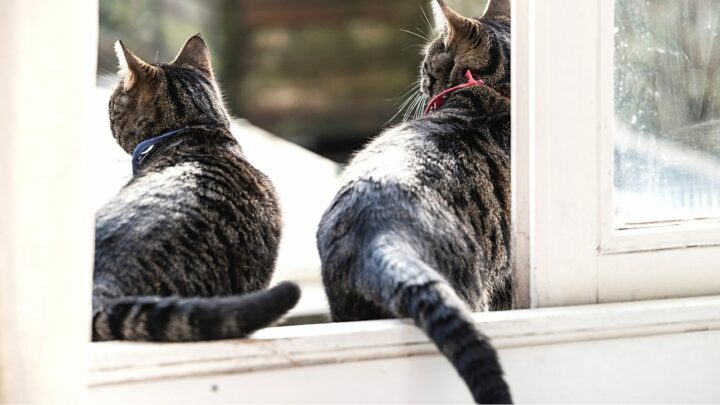If you are just as curious as your cat, you may wonder why cats have tails.
Of course, cats don’t use their tails to hang upside down as opossums do, nor do felines wag their tails as a greeting like dogs.
But there’s probably some reason for cats to have tails.
Maybe you have seen a rare tailless cat and are now under the assumption that tails aren’t a necessity for cats.
You may speculate that any possible evolution or natural selection may have resulted in cats continuing to have tails, even though they are no longer necessary for survival.
But is that assumption accurate? Do cats really need their tails or not?
Why Do Cats Have Tails?
Cats have tails to help them balance when climbing, jumping, or falling. They also use their tails for communication. Although cats can survive without tails, if two tailless cats mate, the fetus may not survive.
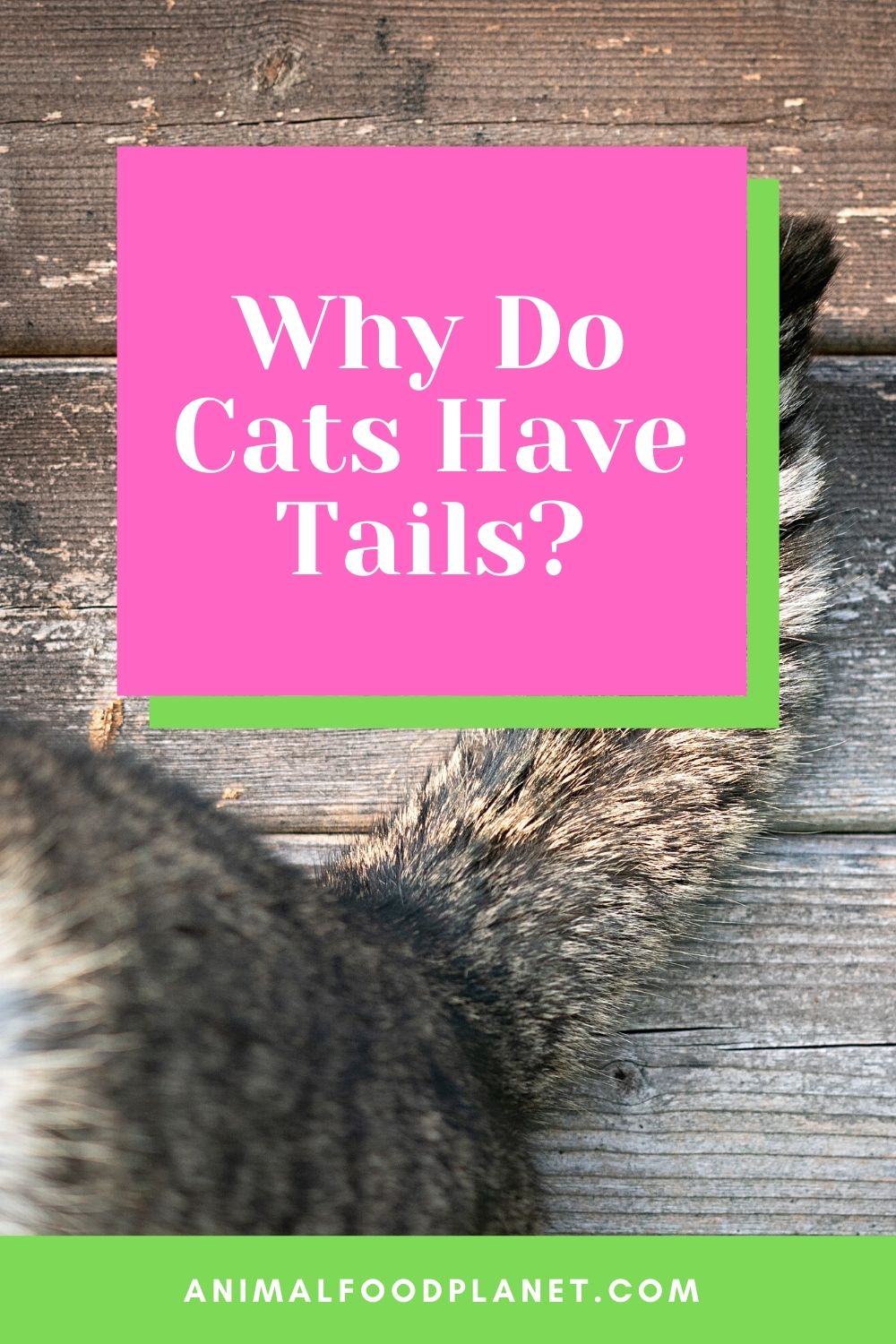
Why Do Cats Have Tails
Why Do Cats Have Tails – 4 Reason
1. Cats’ Tails are Needed for Balance
Have you ever watched with amazement when a cat leaped from an insanely high tree, and somehow managed to land on both feet before quickly scurrying away?
If so, you probably wondered how the cat was able to do that (aside from the myth of felines having many lives). Well, the answer is in their tail.
Cats use their tails to help them stay balanced. This can come in handy when a cat is walking upon a narrow ledge, such as a fence or the head of your couch.
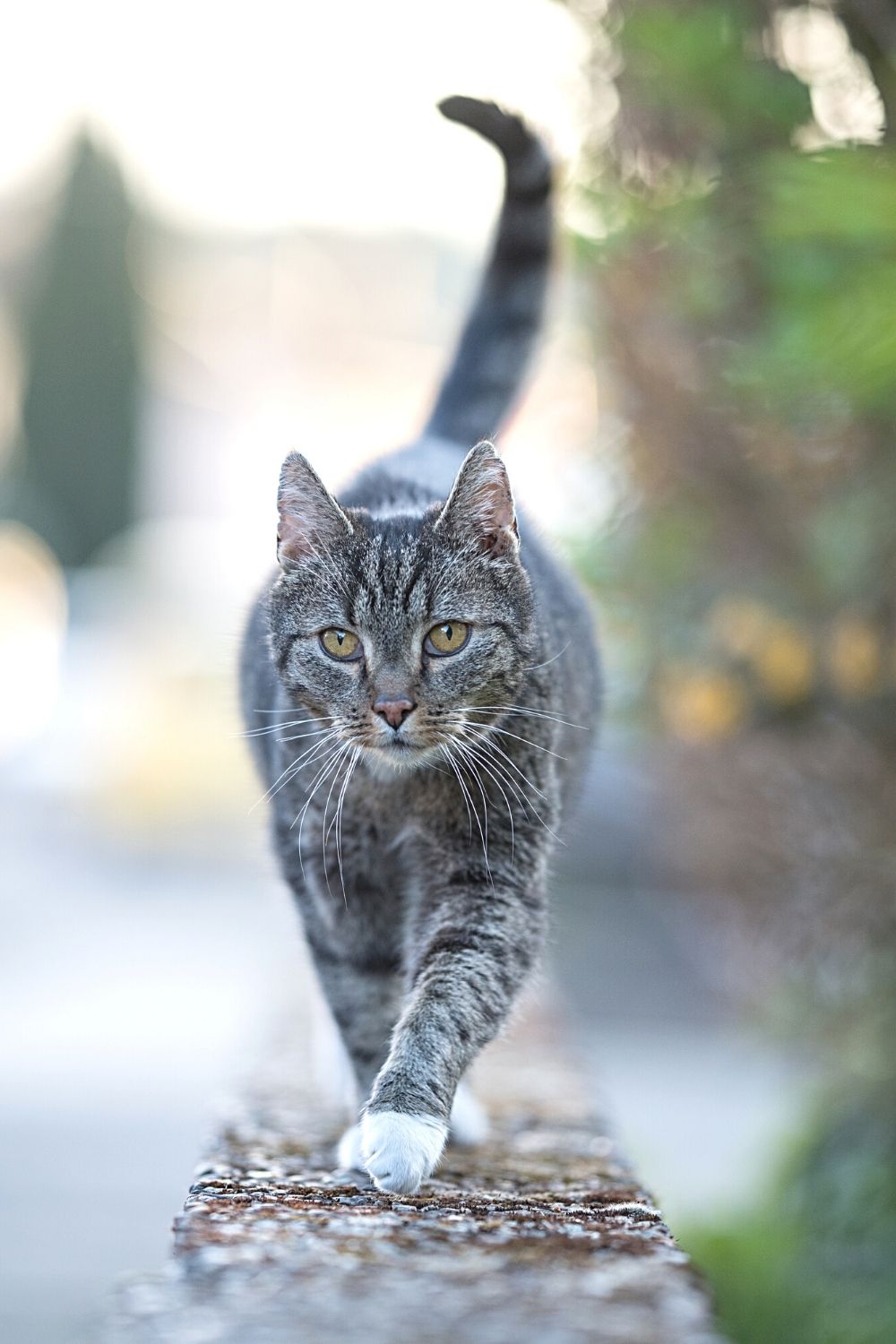
Cats use their tails for balancing as they walk on narrow ledges
While counterbalance is one of the main purposes of your cat’s tail, you may be surprised to learn that tailless Manx cats still balance well.
So, it stands to reason that even though tails do help cats stay balanced, they may not really be as necessary as many cat experts claim.
2. Cats Use their Tails to Communicate
In addition to aiding in balance, cat tails are used in communication.
You can really tell a lot about your cat’s mood simply by how they are positioning and moving their tail.
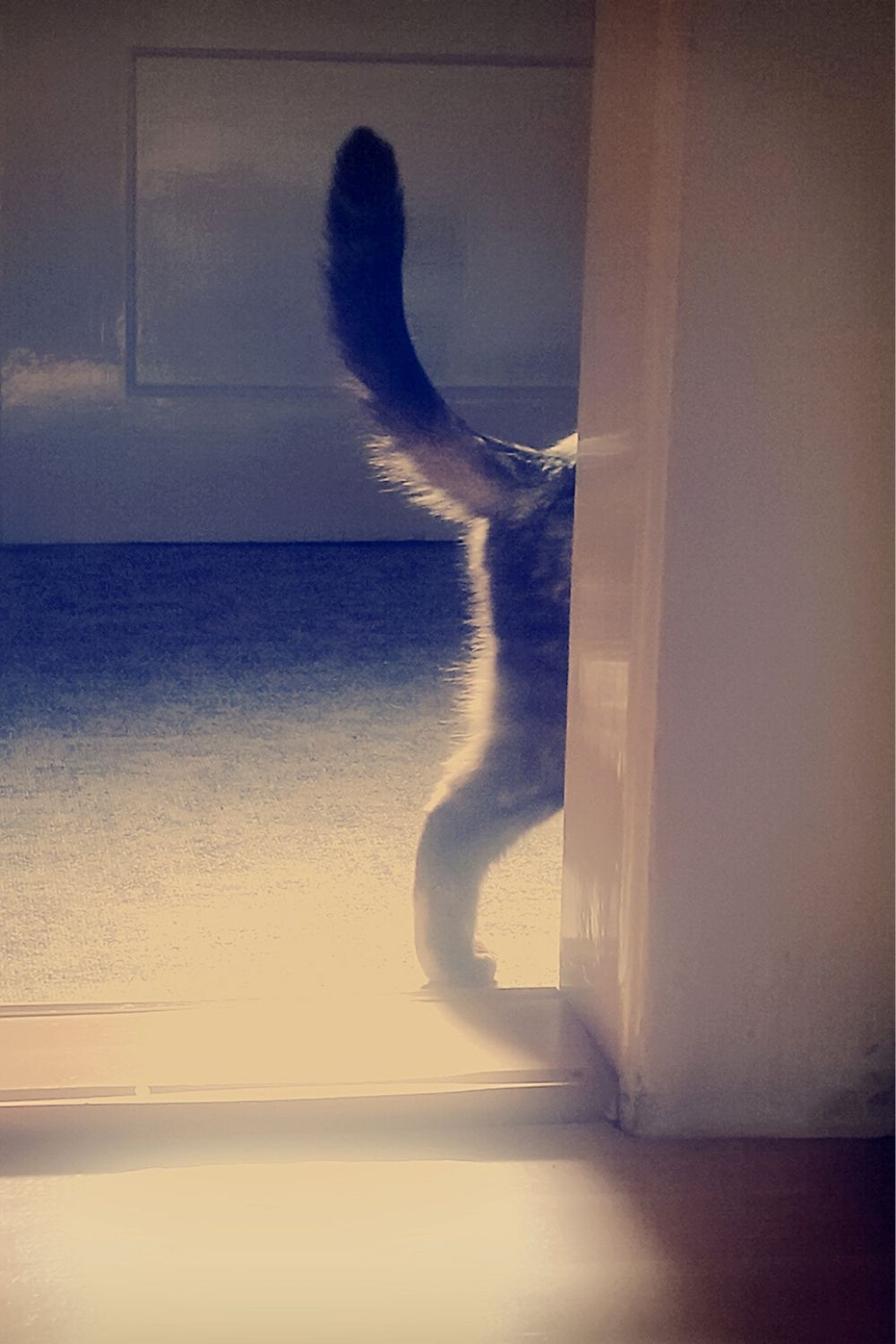
Cats use their tails to communicate to their owner s and other cats their mood
If your cat is rapidly flicking their tail, they are likely feeling very anxious or agitated, but if their tail is waving slowly, they are probably intensely focused on something, such as a mouse or bird, and may be preparing to pounce.
Cats may also quickly flick their tails to inform you that they are tired of being petted.
They do not like having their tails petted, so you should always stick to scratching and caressing their ears and chin, which are the spots where cats enjoy being petted the most.
If your cat’s tail is pointed upwards, that’s a sign that they are in a content or friendly mood, but when they puff up their tails, they are likely feeling afraid or agitated.
It’s best to give your cat space when they are feeling this way.
3. Cats Can Survive Without Tails to an Extent
Tails are beneficial for cats, but not an absolute necessity.
If a cat’s tail needs to be amputated, they’ll survive the loss and learn to adapt similarly to how humans are born with appendices, but can still survive if they need to have them removed due to appendicitis.
But injuries to a cat’s tail can cause them to develop serious spinal conditions. Even though their spinal cords don’t completely extend through their tails, they are connected to one another.
Even relatively minor tail injuries can still cause the cat to become paralyzed, incontinent, or develop chronic pain.
While tailless Manx cats continue to thrive despite their lack of tails, if you breed two Manx cats together, the mother cat will most likely miscarry the litter.
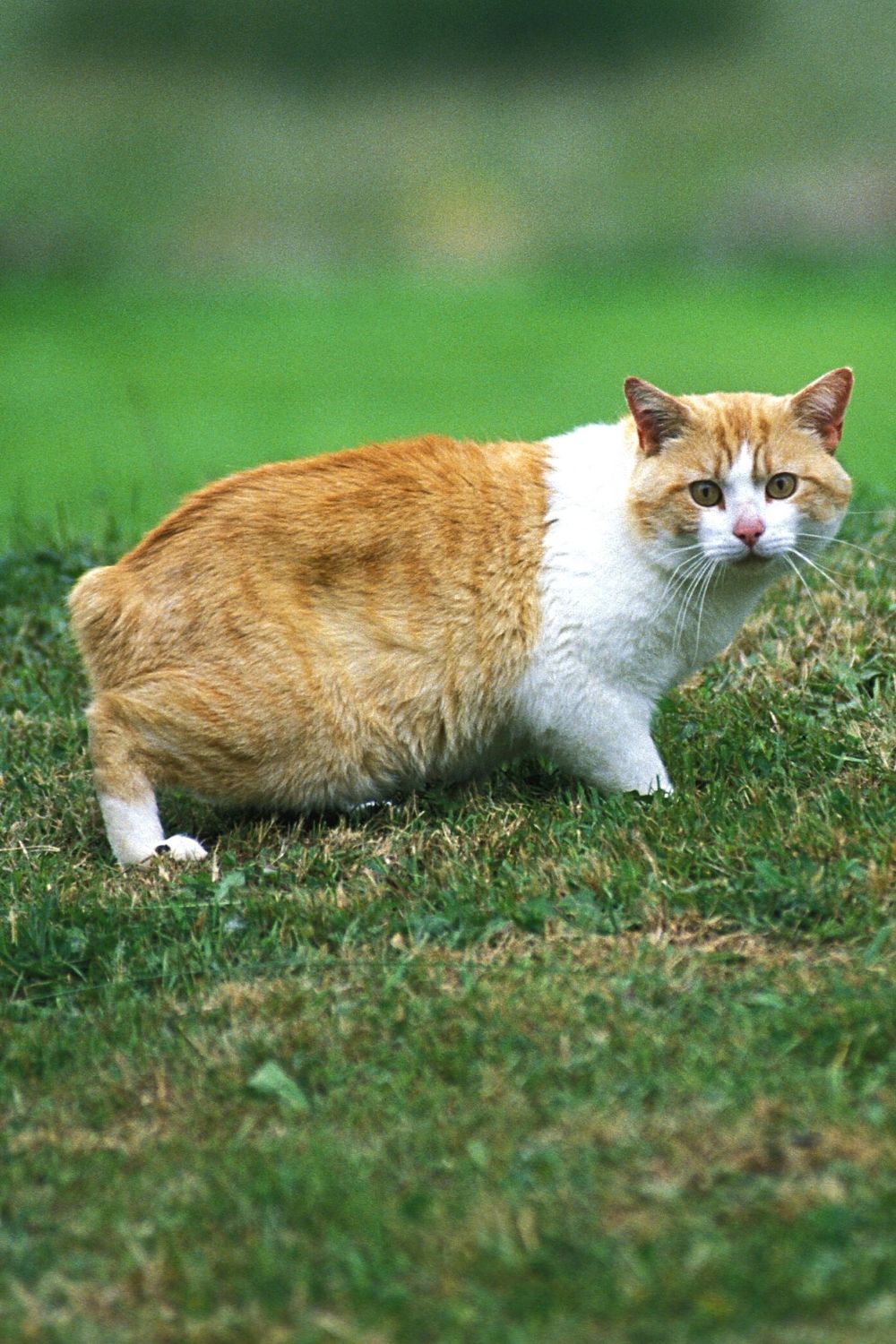
Though cats can survive without tails (like the Manx cat), the offspring of 2 tailless cats won’t survive
Therefore, Manx cats need to be bred with tailed cat breeds for the litter to survive. Just that fact alone goes to show that tails may be more important for cats than originally thought.
4. Domesticated Cats Use their Tails Differently than Wild Cats
Strangely, domesticated cats are the only members of the cat family that hold their tails in an upright position.
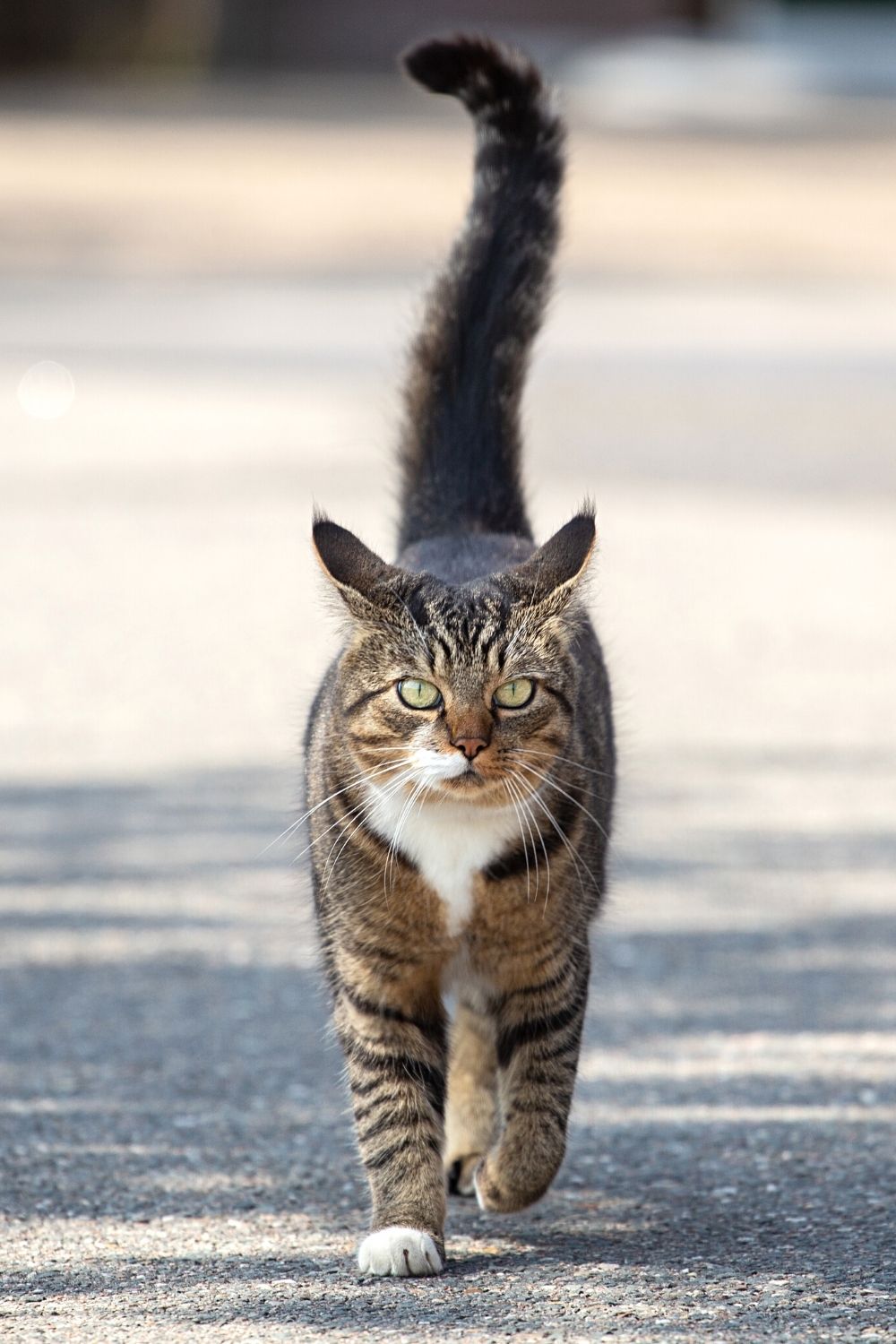
Domesticated cats are the only members of the feline family that can hold their tails upright
Since upright tails signify a happy or friendly mood, it’s easy to assume that this could be partially due to the fact that wild cats aren’t very friendly.
But they may still feel happy or content, such as when they have just caught their prey or are lounging around with other cats.
Most likely, a wild cat’s tendency to hold their tails horizontally or downward is a survival strategy meant to keep them on high alert and deter predators.
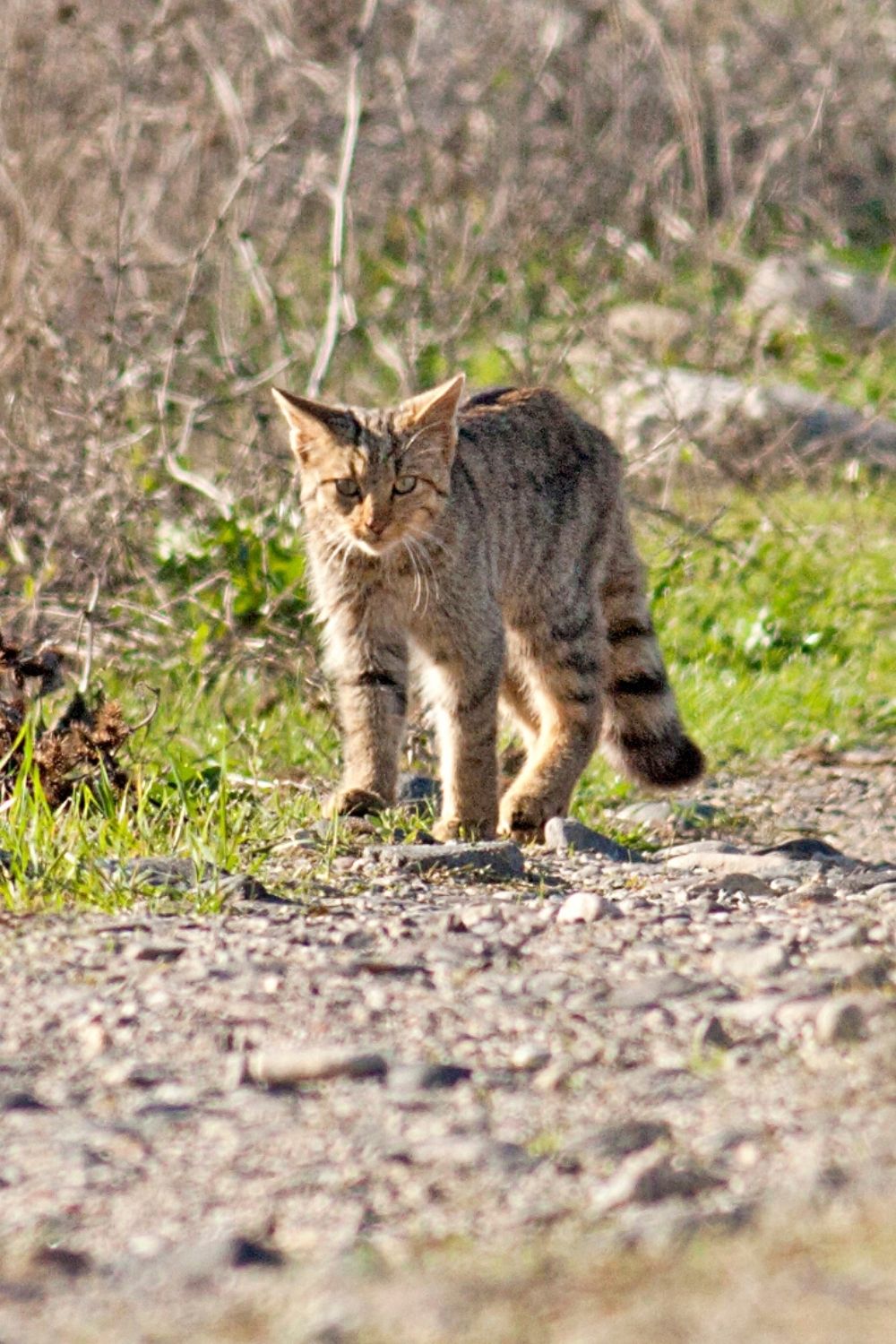
Wild cats either hold their tails downward or horizontally as a survival strategy
Even in the wild, cats may still use their tails to balance as they walk across a log or climb trees and mountainous terrain.
And even though they don’t need to communicate with people, they may still use their tails to communicate with other cats and even other types of wild animals.
Frequently Asked Questions about Why Cats Have Tails
Does it hurt a cat when you grab them by the tail?
Cats naturally pull away when grabbed by the tail because their tails are connected to their hips and spines. While it doesn’t necessarily hurt them when their tails are grabbed, holding and suspending a cat by their tails will likely cause them to suffer serious spinal injuries.
Does the tail length of a cat have any implications?
Since cats use their tails for balance and communication, it’s easy to assume that cats with long tails have superior abilities, but this isn’t always true. Manx cats can balance themselves as well as other cats despite having an almost non- existent tail.
What can a cat’s tail tell you?
Since domesticated cats use their tails to communicate, you can tell how it is feeling by its tail’s position. If your cat is holding their tail in an upright position, they are in a happy and friendly mood. If your cat’s tail is hanging down with a slight dip, they may be in an aggressive mood.
The Last Tail
While your cat can survive without their tail, any injuries to their tail could lead to serious health issues, but tailless Manx cats are an exception to the rule.
Cats mainly use their tails for balance and communication, but domesticated cats use their tails differently than wildcats.
This tidbit of knowledge may be more useful than you originally assumed — especially if you are a cat owner.
If you pay attention to the position of your cat’s tail, you may be able to tell what they are feeling and respond accordingly, which could very well strengthen the bond between you and your cat.

